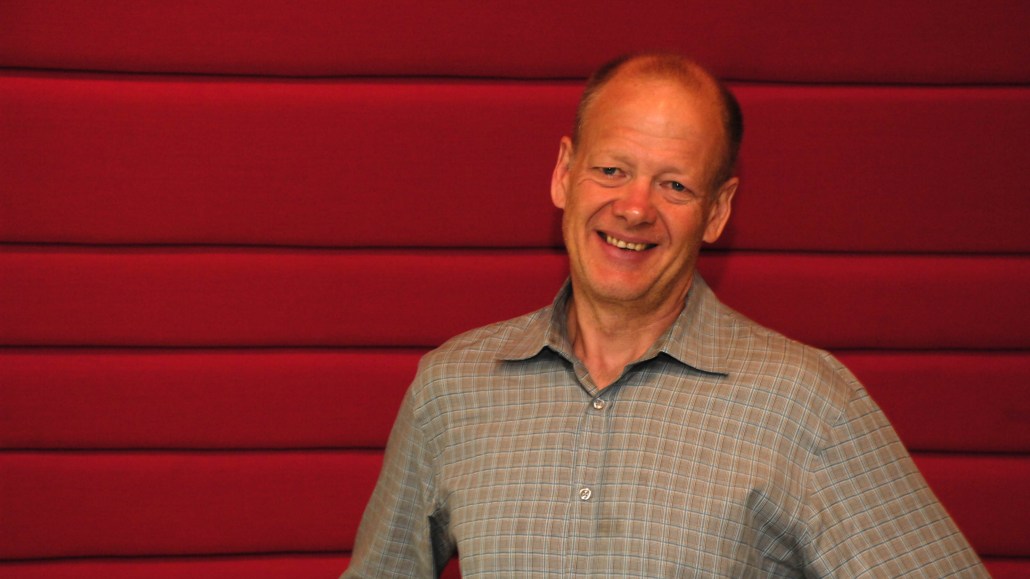
The Interactive Advertising Bureau’s annual meeting last week brought together all corners of the industry. What was clear to me during my trip is the ad world is fracturing into two camps: the engagement people and the efficiency experts. This will cause problems down the road.
The engagement camp comprises of social media players, gaming-oriented companies and creative agencies. Their focus is on creating engaging, custom user experiences and driving value exchanges with consumers, whether that’s based on entertainment (a funny viral video), price promotion (a special product offer) or something else. The efficiency camp is comprised of mostly technology-centric players in the display-advertising space: ad networks and exchanges, demand and supply-side platforms, etc. — aka The Luma slide. A recurring theme was that it “was all about the math”—real-time bidding, optimizing based on all available data, attribution instead of engagement, etc.
I saw the beginning of this dichotomy when I was running Goal.com, and it seems it has gotten much more extreme in the past year. This is troubling. As a former customer of these companies, I never liked the choice of engagement vs. efficiency. It forced me to run two separate businesses inside Goal.com: the custom business which could drive great engagement but was expensive to run and couldn’t scale, and the display ad business which scaled from an impression standpoint but produced mediocre results and hurt user experience on my pages. Despite all the math in ad tech, I’ve yet to see a site where display ads are truly relevant and useful to visitors. As a publisher, I didn’t want a choice; I wanted both. I wanted engagement at scale. Alas, I could never get it. I know my friends on the brand side have the same concerns about where the ad-tech industry is headed.
Let’s face it: Neither publishers nor marketers are happy about the growing division in the advertising industry. Rather than moving towards farther extremes, the ad-tech industry should combine math with creative skills to move closer to the golden middle of efficient, scalable engagement. This is how the industry will grow faster and how everyone will make more money, while giving better user experiences and more value to consumers. Publishers and advertisers have a big role to play in this transition by holding ad-tech players accountable when they hurt user experience and drive engagement down.
The opportunity to address both engagement and efficiency at scale is huge and far bigger than any one company. I hope that many others follow us and create scalable experiences that delight users and help them connect with brands. Not only will it grow the industry but it will also make the Web better, and that’s something we can all feel good about.
Ron Elwell is CEO of Swoop, a service that integrates relevant offers into Web content.
More in Media

NewFronts Briefing: Samsung, Condé Nast, Roku focus presentations on new ad formats and category-specific inventory
Day two of IAB’s NewFronts featured presentations from Samsung, Condé Nast and Roku, highlighting new partnerships, ad formats and inventory, as well as new AI capabilities.

The Athletic to raise ad prices as it paces to hit 3 million newsletter subscribers
The New York Times’ sports site The Athletic is about to hit 3 million total newsletter subscribers. It plans to raise ad prices as as a result of this nearly 20% year over year increase.

NewFronts Briefing: Google, Vizio and news publishers pitch marketers with new ad offerings and range of content categories
Day one of the 2024 IAB NewFronts featured presentations from Google and Vizio, as well as a spotlight on news publishers.
Ad position: web_bfu